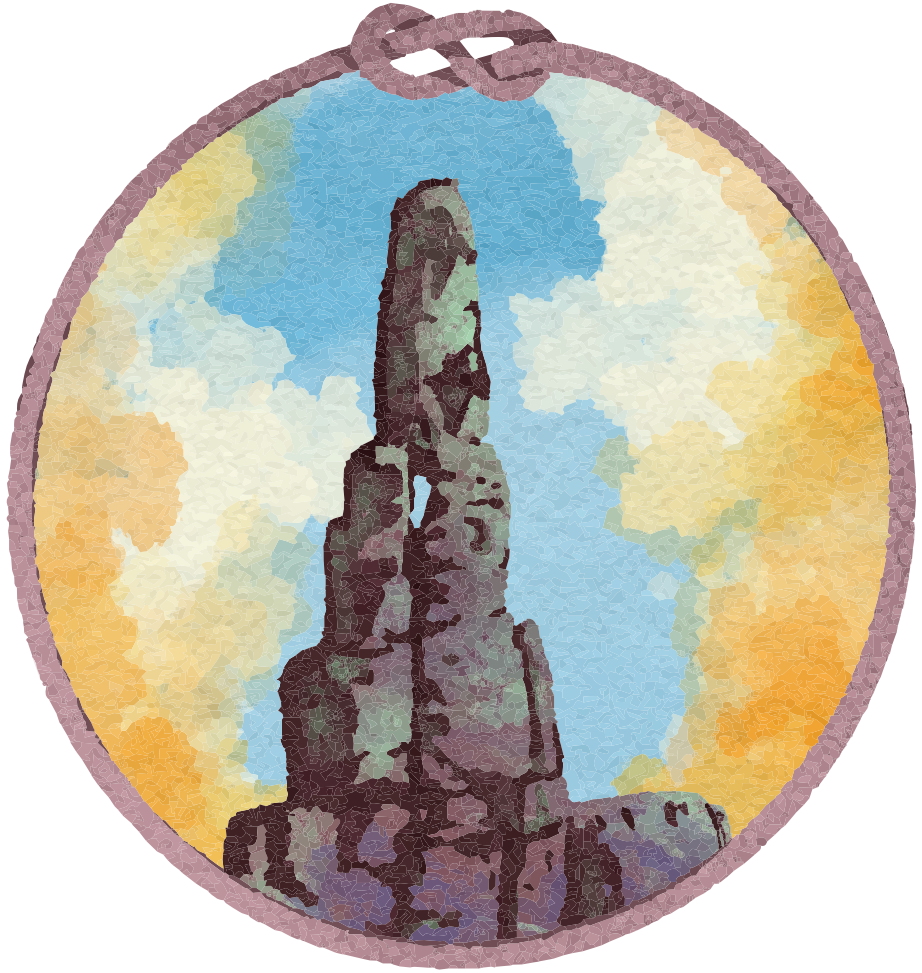1 Kilonewton = 224.8 Pounds
A kilonewton is a measurement of force. It is important to understand the kilonewtons in top rope climbing
Evaluating and managing risk. We always climb with the intention of protecting ourselves and eliminating as much risk as reasonably possible. To get a sense of how much force a person can generate, we use this example: A man weighing 225 pounds who steps off a cliff generates 2,200 pounds (roughly 10 kN) of force in his fall. The belayer’s upward movement and the slack in the rope adds another 1,450 pounds. This increases the total potential weight of the climber about 3,650 pounds! Neither you nor I can handle this weight alone–understanding that is key. At most, our bodies can only withstand 12 kN. Therefore, we must remember to build our anchors, as a benchmark, double what our bodies can withstand, 25 kN.
Protecting ourselves: In order to protect ourselves from all of the forces generated in rock climbing, we can first think about how friction is added to the system. As the climber climbs up on one side of the rope, friction is generated from the rope passing through the carabiners. Additional friction is generated by the belay device and the belayer. When used properly, the belay device creates friction by looping the rope under the device.

The second way we protect ourselves from the forces created in rock climbing is by using “protection” or nuts, hexes, tri-cams, cams, and naturals (trees and boulders). Each of these has its own kN value and we want the value to add up to at least 25 kN.. To find the value, look on the piece of gear or make note when you purchase (cord and webbing). This is the amount of kilonewtons that the piece of gear will hold, if placed correctly. Remember though, the strength of your gear is only as good as the quality of your placement.
These are just a few considerations you need to know before building anchors and climbing systems. If this is confusing or you want to learn more, join us for a two-day anchors course. We discuss this topic and many other anchoring principles and considerations. After all, it’s your life at stake!
Visit Here for additional details.

